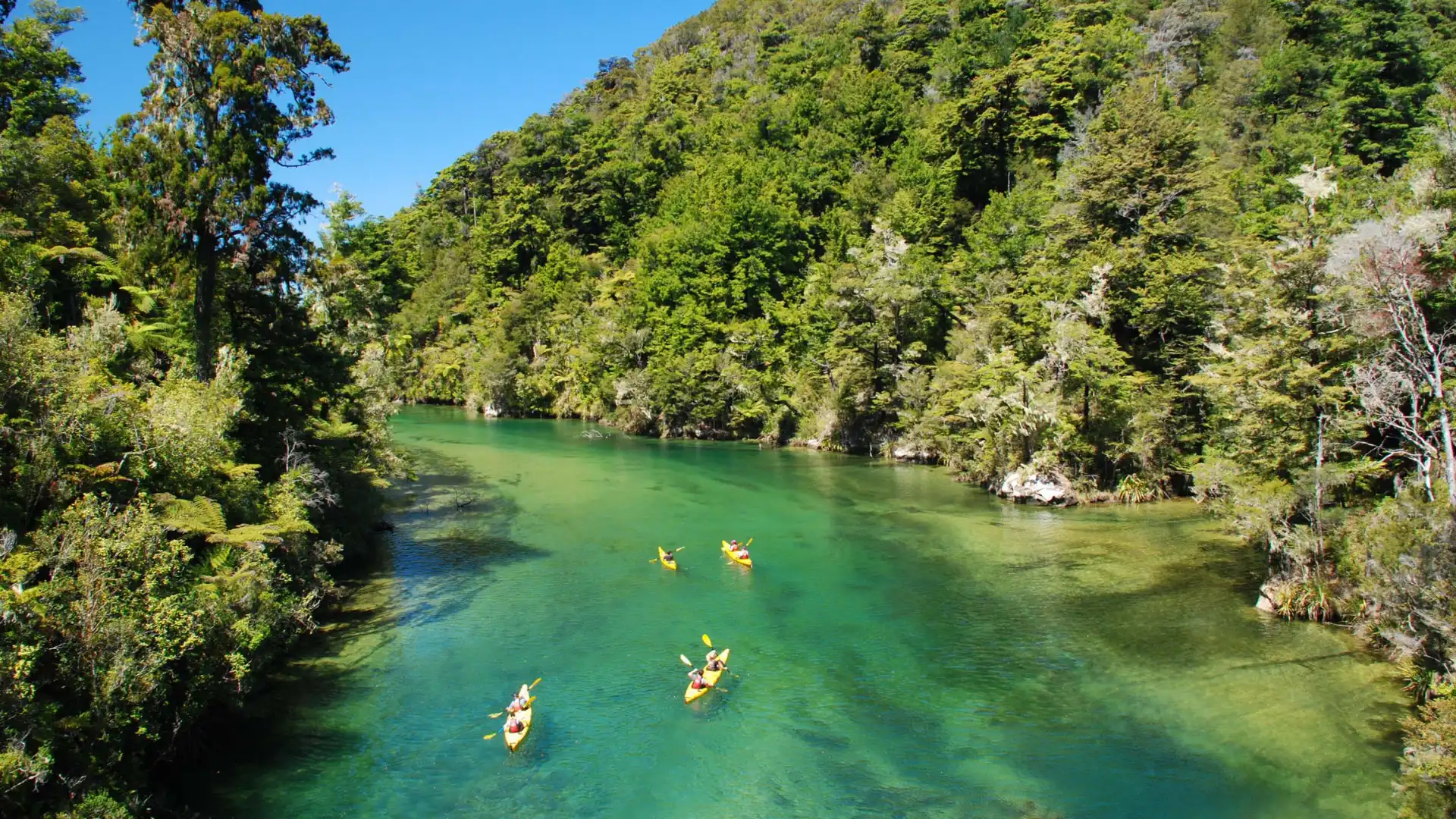Oceania, a vast region in the Pacific Ocean, is a tapestry of islands and countries each with unique cultures and landscapes. It includes Australia, the continent known for its diverse ecosystems, from the Great Barrier Reef to the arid Outback. Cities like Sydney and Melbourne are vibrant cultural hubs, famous for landmarks like the Sydney Opera House and rich in arts and cuisine. New Zealand, comprising the North and South Islands, is known for its breathtaking natural scenery, from the fjords of Milford Sound to the volcanic landscapes of Rotorua.
The region also encompasses the diverse islands of Melanesia, Micronesia, and Polynesia. In Melanesia, you'll find countries like Papua New Guinea and Fiji, known for their rich tribal cultures and stunning natural beauty. Fiji, with its picturesque islands like Viti Levu and Vanua Levu, is a paradise for beach lovers and scuba divers. In Micronesia, places like Palau offer incredible underwater experiences, while Guam is known for its unique Chamorro culture and inviting beaches.
Polynesia includes a wide array of islands, including Samoa, Tonga, and the French Polynesia. Samoa, with its vibrant culture and lush landscapes, offers a genuine insight into Polynesian life. Tonga, the last Polynesian monarchy, is rich in tradition and known for its friendly people. French Polynesia, famous for islands like Tahiti and Bora Bora, is synonymous with over-water bungalows and azure lagoons. Each of these countries and islands in Oceania has its own distinct identity, making the region a mosaic of cultures, languages, and stunning natural beauty.

The best time to visit Oceania depends on the specific region you plan to explore. Generally, for Australia and New Zealand, the Southern Hemisphere's summer months from December to February are ideal. During this period, you can bask in warm weather, perfect for beach activities, hiking, and outdoor adventures. It's also an excellent time to experience the festive holiday season and New Year's celebrations.
If you're considering the South Pacific Islands, such as Fiji or Tahiti, the dry season from May to October offers pleasant weather with lower humidity and minimal rainfall. This period is perfect for snorkelling, diving, and enjoying the crystal-clear waters. Keep an eye out for local festivals and cultural events, like Fiji's Bula Festival or the Heiva Festival in Tahiti, which showcase traditional music, dance, and cuisine.
For those interested in exploring Papua New Guinea or the Solomon Islands, April to October is the prime time. During this dry season, you can witness unique cultural festivals, such as the Goroka Show or the Kenu and Kundu Festival, which celebrate indigenous traditions, art, and customs. Plan your visit to coincide with these events for an enriching cultural experience.
Central Oceania: Central Oceania is the heart of the Pacific Ocean, consisting of numerous island nations and territories. The region is known for its stunning coral reefs and vibrant marine life, making it a paradise for snorkelers and divers. One of the most famous destinations in Central Oceania is Fiji, with its lush landscapes, warm hospitality, and the beautiful Mamanuca Islands offering idyllic beach getaways.
North Oceania: North Oceania includes Hawaii, a U.S. state known for its volcanic landscapes, including the iconic Mauna Kea and Mauna Loa volcanoes. Tourists flock to Waikiki Beach and Pearl Harbor, where they can learn about the history of World War II. Additionally, the tropical paradise of French Polynesia, featuring Tahiti and Bora Bora, offers overwater bungalows and clear blue lagoons for a romantic escape.
East Oceania: East Oceania comprises the eastern part of Australia, featuring the vibrant cities of Sydney and Melbourne. The Sydney Opera House and the Great Barrier Reef are world-renowned attractions. Papua New Guinea, with its diverse cultures and exotic wildlife, is an off-the-beaten-path destination for adventurous travellers.
South Oceania: South Oceania includes New Zealand, famous for its stunning landscapes, such as the fjords of Milford Sound and the geothermal wonders of Rotorua. Outdoor enthusiasts visit Queenstown for adrenaline-pumping activities like bungee jumping and skiing. The Cook Islands in this region are known for their serene beaches and rich Polynesian culture.
West Oceania: West Oceania consists of the western part of Australia, home to the vast and remote Outback. Tourists can explore the unique rock formations of Uluru (Ayers Rock) and the ancient Daintree Rainforest in Queensland. Western Australia's Ningaloo Reef offers a less crowded alternative to the Great Barrier Reef, known for its pristine coral and whale shark encounters.
Oceania as a whole is a diverse and captivating region, offering a wide range of natural wonders, cultural experiences, and adventure opportunities for travellers. Whether you're interested in exploring the underwater world, hiking through lush forests, or relaxing on beautiful beaches, Oceania has something to offer every type of tourist.